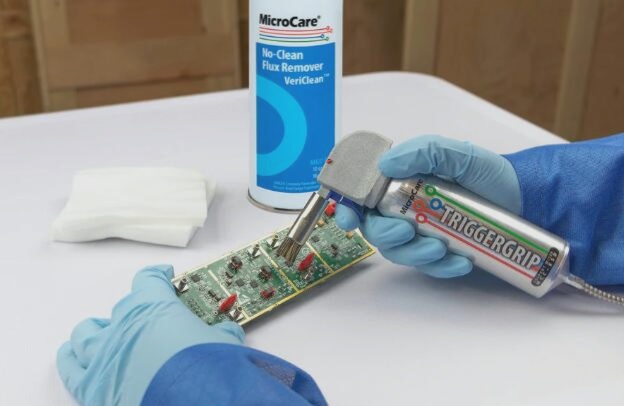PCB Printing Techniques
Printing Essentials
- Squeegee Type: Choose between plastic and steel squeegees. Steel squeegees are ideal for IC printing with PTTCH ≤ 0.5 for optimal solder paste formation.
- Squeegee Adjustment: Set the squeegee at a 45-degree angle to enhance stencil alignment and protect fine-spaced openings. Maintain a pressure of 30N/mm2.
- Printing Speed: Control the speed for proper solder paste distribution. Recommended speed for fine pitch: 10-20mm/s.
- Printing Methods: Explore “contact printing” and “non-contact printing” techniques for different PCB requirements.
Mounting Height Recommendations
For ICs with PTTCH ≤ 0.55mm, opt for a mounting height of 0-0.1mm to avoid solder paste collapse and potential short circuits during reflow.
Understanding Backflow
Backflow issues during reflow can result from factors like excessive heating rates, high temperatures, and solder paste heating faster than the circuit board. Maintain control over flux wetting speed for optimal results.



